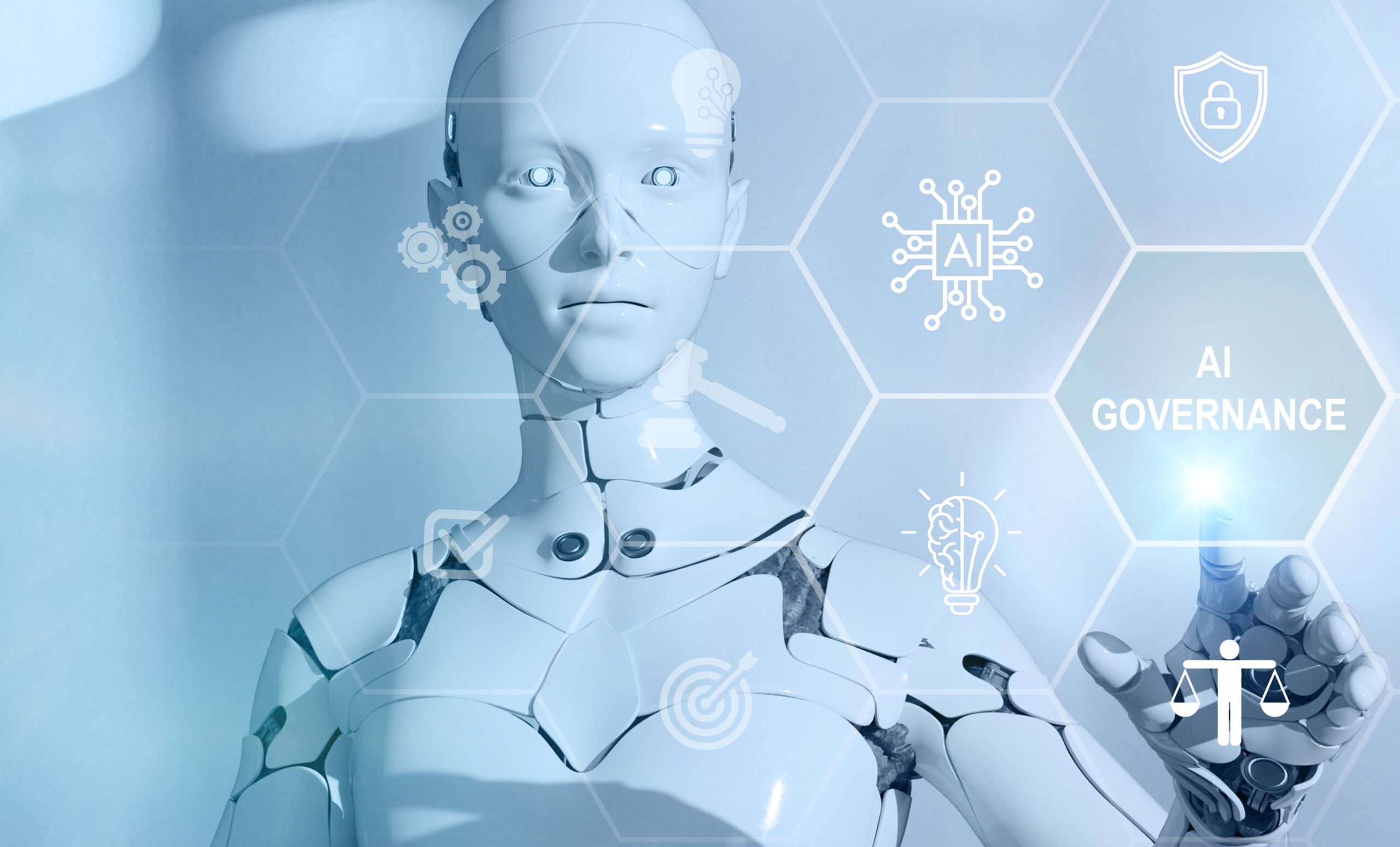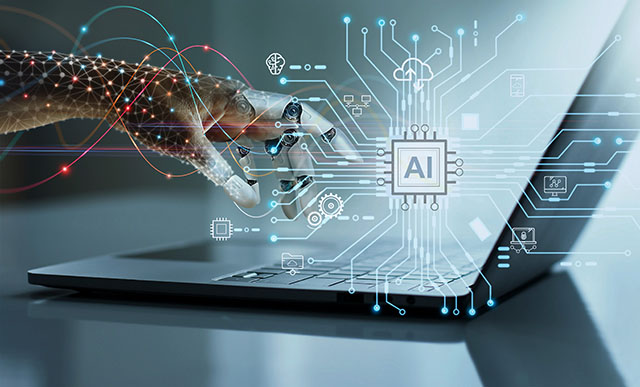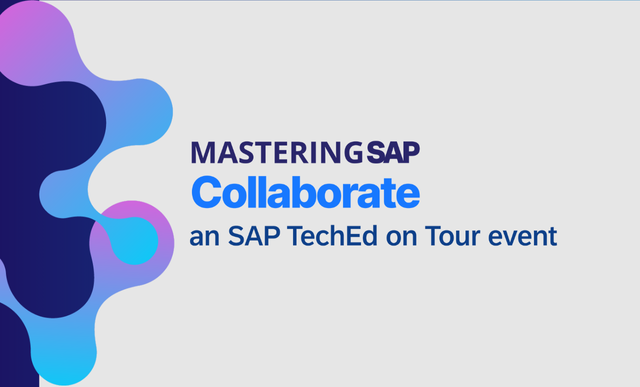Business AI Drives the Cloud ERP Future at Sapphire
Meet the Experts
Key Takeaways
Business AI capabilities available through AI assistant Joule is how SAP expects customers to use AI in the future.
Transformation as part of the move to RISE with SAP is central to this year's messaging.
SAPinsiders should ensure that they understand what SAP is changing and how they will integrate AI with core business solutions.
Over the past year, SAP has focused on integrating artificial intelligence (AI) to unify data from solutions across the enterprise. This started with generative AI assistant Joule’s announcement and was further developed through the AI Foundation in the SAP Business Technology Platform (BTP). This year, part of SAP restructuring has been to focus on bringing AI use cases to every solution in the SAP portfolio. At Sapphire 2024, SAP announced multiple new Business AI capabilities that will be integrated throughout SAP’s business applications. This starts with the AI copilot Joule.
SAP anticipates organizations primarily leveraging Joule for many AI use cases, a sentiment fortified by demonstrations across the Sapphire event which showed presenters using Joule for most tasks— from creating summaries of data sets to writing ABAP code. Additionally, SAP has loaded up to two hundred thousand pages of learning content and 2TB of community knowledge into Joule to help 4,000 internal consultants save up to 2 hours each day with tasks like retrieving best practices, project specific recommendations, and writing code. Joule is fast becoming SAP’s vehicle for the AI future.
RISE with SAP may initially have been introduced as a transformation-as-a-service offering, but over the last two years, SAP has downplayed that messaging. This year there is again an increased emphasis on the benefits of transformation when moving to RISE with SAP. During the Sapphire event, it was repeatedly highlighted that customers who completed business and process transformation as part of the move to RISE with SAP are seeing greater benefits than those that have simply completed technical upgrades. When asked about the upcoming 2027 deadline and recommendations for customers that are concerned they are running out of time, Klein specifically said that the answer is RISE with SAP. Klein emphasized that customers moving to RISE with SAP have the opportunity to work with SAP to transition incrementally, one step at a time, rather than having to do everything at once.
Explore related questions
Sapphire is about the story that SAP wants to tell. Throughout the event, while SAP consistently acknowledged that each customer is unique and has their own approach to doing business, there was a strong emphasis on business AI embedded in core SAP solutions that are facilitating cloud transformation that organizations need for the future. While Klein assured analysts that “no customer will be left behind” in relation to the upcoming 2027 end of maintenance deadline, he followed up by saying “I would not recommend going down that track”. Klein reiterated that SAP’s continued focus will be on transitioning customers to cloud ERP.
SAPinsiders should ensure that they thoroughly understand what SAP is changing from a product perspective, how they intend to integrate AI into the business core, and whether those capabilities will provide benefits in the future. This will be key to evaluating the benefits of adopting cloud ERP and the technology stack that will bring AI into every aspect of the business. While some of these benefits may be obvious today, others are still to be identified, but SAP will keep focusing on how business AI will drive a future that is powered by cloud ERP.









